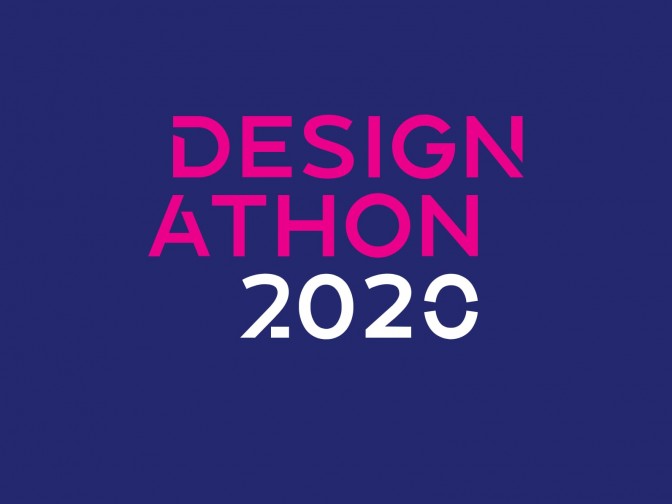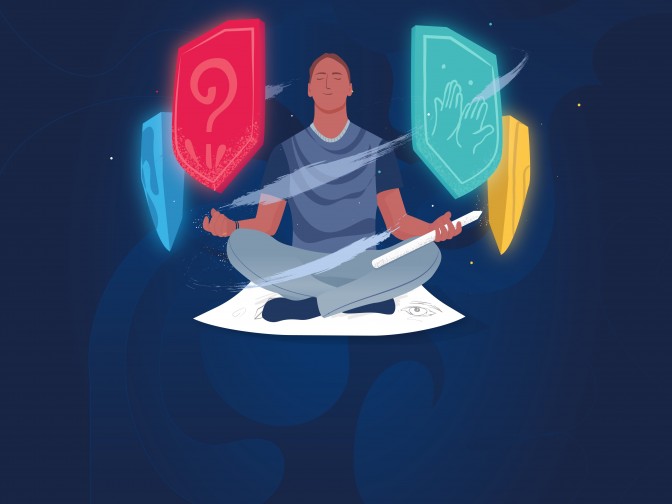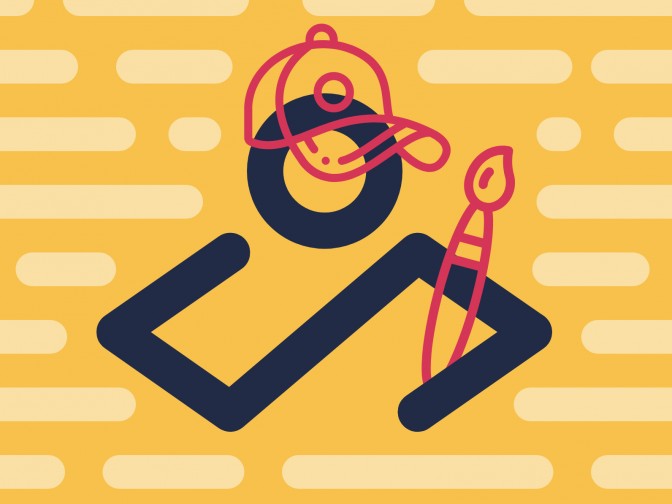2020 was a year of challenges and changes, to say the least. To add to our list, we set ourselves the task of hosting a fully remote collaborative event. The design team had no experience in this area. But after this year, we’re used to doing things we haven’t done before, right?
Designathon: What on earth is that?
If you haven’t come across this term before, a Designathon is an event based on cross-functional collaboration. For a set amount of time and following a pre-defined agenda, cross-functional teams compete on solving an assigned problem using the Design Thinking methodology.

(We have adapted the Design Thinking methodology to our team’s and company’s needs and we called it 4 Ds. More on that to come in a separate post).
In general, hosting collaborative events requires thorough and careful preparation and planning. You have to make sure that things will run smoothly, teams will have the necessary tools and headspace to collaborate, and the desired output is achieved. When we learned that we were doing this – the first ever remote Designathon – we had seven weeks to plan, prepare and pull it off. We hope that by sharing our experience we’ll help you plan your next awesome remote workshop.
How we did it: 10 steps to run a fun and engaging remote event

Step 1: Pre kick-off idea exchange.
As great ideas never multiply in isolation, we organised a team-wide brainstorming session. We ideated on what we thought could be the best format for the event, optimal team formation and team count, possible themes to work on, agenda, ice-breakers, day plan, possible prizes and other fun activities to include. Out of the pool of many ideas, a concept of the event was born.
Step 2: Task list.
We wrote down all the tasks needed to pull off the event and we tried to do it in chronological order. Imagine that you are telling a story — think about every step that needs to be completed in a sequential fashion prior to, during and after the event. Start listing the description of each task, including any prerequisites for it and try assigning a due date. You will be refining the list as you go, but it is important to have the first initial set of tasks in front of you so you can start your activities, delegate effectively and follow your plan. We ended up with 32 items and used a simple text edit file to get started.
Step 2: Checklist.
We created a checklist from the information in our task list. We used a good old excel sheet to create an elaborate checklist with due dates, descriptions and assigned responsible team members. We also reserved a space for ticket numbers (Step 3) and task statuses. We saved the file in a shared folder so each team member could access it to review, refine, ask questions and gain a general understanding of the scope of the event.
Step 3: Backlog.
We backlogged every single action item. If you are using project management software where team members have tickets or tasks identified and backlogged, translate all your checklist to tasks and add a corresponding link into your checklist. It will become a way to easily track the progress of each step of preparation and spot if anything is lagging behind or needs re-planning.
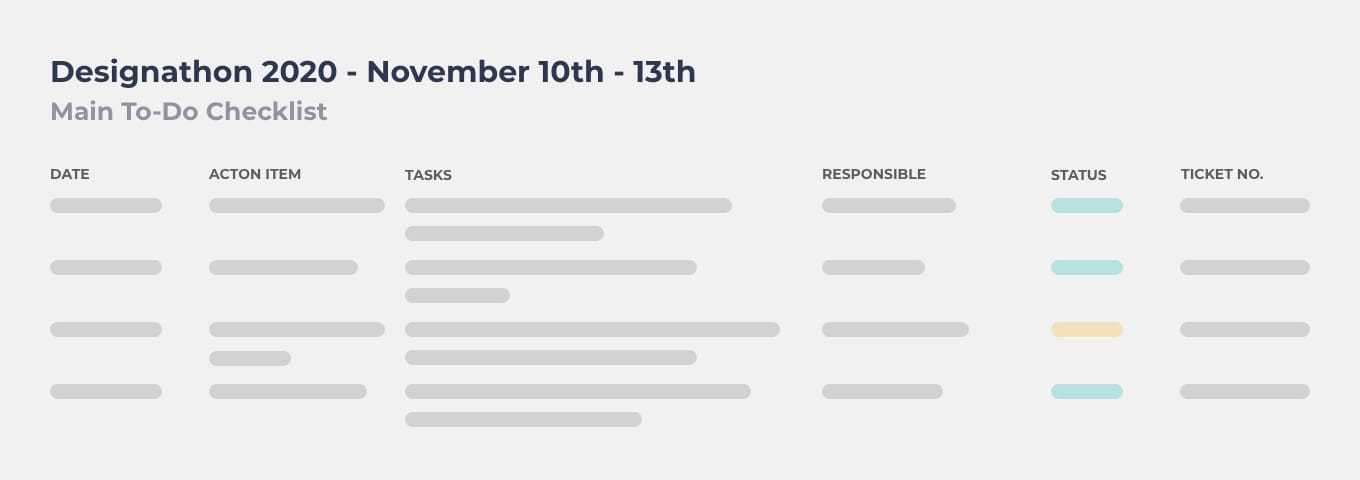
Step 4: Content packs.
We defined the idea for the content format and started preparing it. Since people would be collaborating online, it was crucial for everyone to start on the same page. We created discovery packs for the three themes* of the event so that each team had the same information. The packs were easy to understand and digest, used the same format and presented using MS PowerPoint.
*We were working on the idea of the “Next Big Thing” around these three themes: Personalisation and Automation, Engagement and Gamification, Payments and Blockchain.
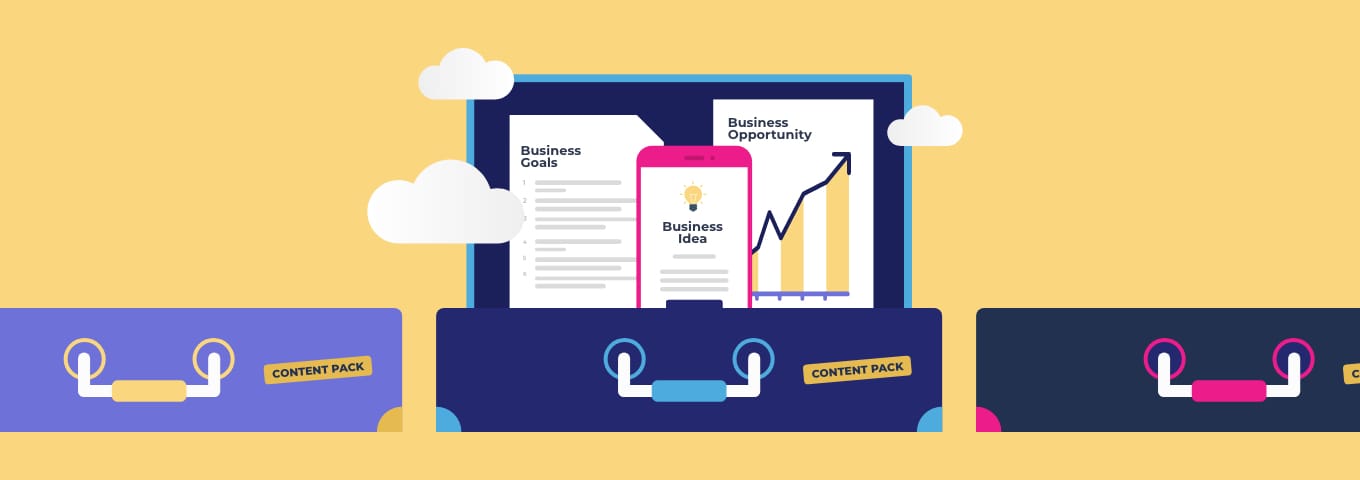
Step 5: Exercise templates.
We prepared Adobe XD templates for each team exercise. We had facilitators to help the teams fill them out, but you could also use an online collaborative tool. There’s a few out there, so do a little research to understand what best suits your needs.
A quick tip: consider the learning curve if you’ve choose a collaboration tool that no one has used before. You might need to incorporate some onboarding time into the agenda.
When it comes to planning exercises, whether on or offline, the most important thing is structure. What is the goal of each brainstorm or group discussion? Define it upfront. It will support you in steering the collaboration and you won’t waste your time trying to capture all ideas and discussion points.
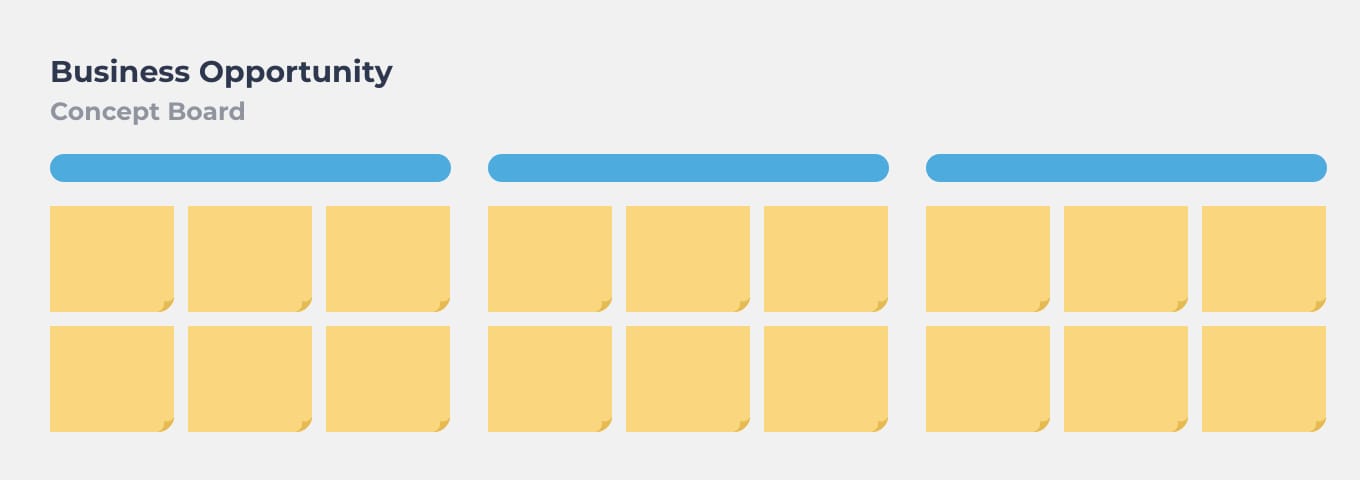
Step 6: Prepare a thorough agenda.
Two weeks prior to the event we sent out a thorough agenda and meeting invites to all the participants. This helps people understand what to expect and to plan their time effectively. Note that it is just as important to book time for bonding and fun as it is to schedule the actual collaboration sessions. This should be reflected in your agenda and the meeting invites, too.

Step 7: Plan some fun.
It is always a good idea to incorporate an element of fun into any kind of workshop. For this event, it was especially important for us to engage everyone as much as possible since teams were working remotely.
Before we kicked-off the collaborative sessions, we scheduled a few bonding ice-breakers. Members of each team had a chance to get to know each other better, create their team identity, laugh a bit, come up with a few inside jokes and meet the facilitator in an unofficial setting.
Later on, every collaborative session started with a short and fun activity to set the mood and prepare the team for the upcoming work. In addition to these activities, we allocated time for individual competitions, such as trivia games. And of course, there were prizes. All of these activities not only added to the fun, but to the overall sense of team spirit and togetherness.

Step 8: Brand your event
We always promote visual consistency. The Designathon was no exception and had its own brand. Each presentation, invitation and piece of communication felt consistent in design. We created a logo, a cheerful colour pallet and a few icons for all the event communications. We created event templates in the same fashion, including the final team presentation template. By having the template ready, we saved the teams’ time, allowing them to focus on the content. It also meant that their presentations were all consistent, which looked great in our post-event communication when we shared what they’d delivered.

Step 9: Allocate time for weekly check-ins and facilitator alignment
It was crucial for us to have facilitators comfortable and ready to give the best guidance to the teams. We also needed the whole team to be on board for each of the preparation stages before the event. So, we set up weekly check-ins to share our updates and next steps.
We also prepared an internal facilitator guide, explaining the best practises and instructions for each of the exercises. There is no need for facilitators to blindly follow a guide like this, as each team is different and facilitators will need to be reactive. However, we found that having the guide helped them feel more comfortable.
Step 10: Don’t forget the swag
Last but not least — never underestimate the power of swag. At any remote event, people are working from multiple different locations. To bring people closer and fuel anticipation for our event, we sent out some swag a few weeks beforehand.
Our participant pack consisted of a plain white t-shirt with the Designathon logo on it, an eco-friendly pen for note-taking and a pin that says “I Am a Designer” (this is our philosophy). It helped create a sense of belonging to the same cause and purpose. Most people chose to wear the t-shirts during our calls and it truly showed that we were one big team ready to collaborate.
Conclusion
We hope that by sharing our experience we can inspire and encourage you to create your next remote workshop. For our Designathon we had 55 participants who formed nine squads (teams). We ended up with nine great ideas under the themes and a few are already being put into motion. In the end, something that was overwhelming and unfamiliar to us ended up being an amazing learning opportunity.

